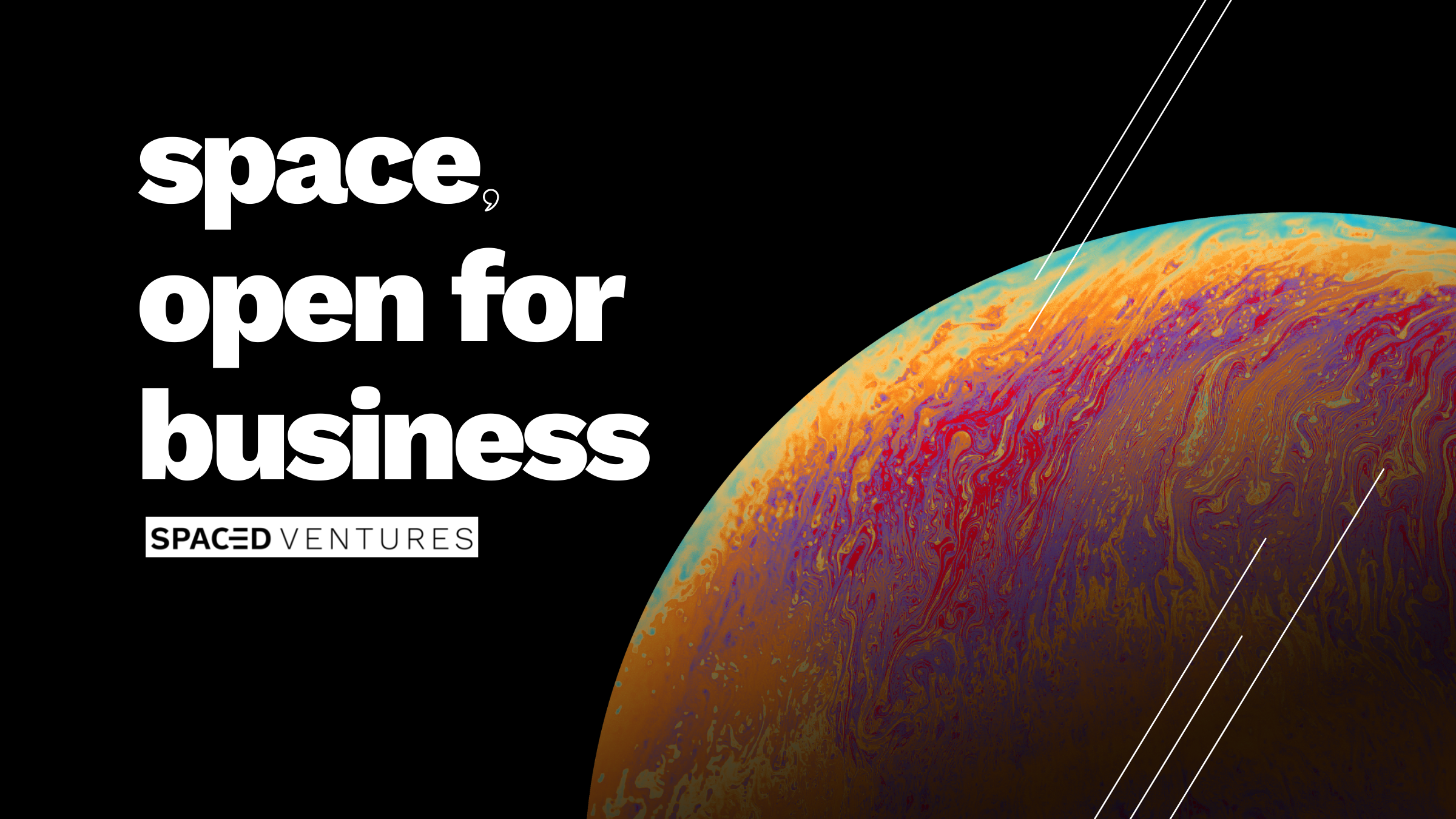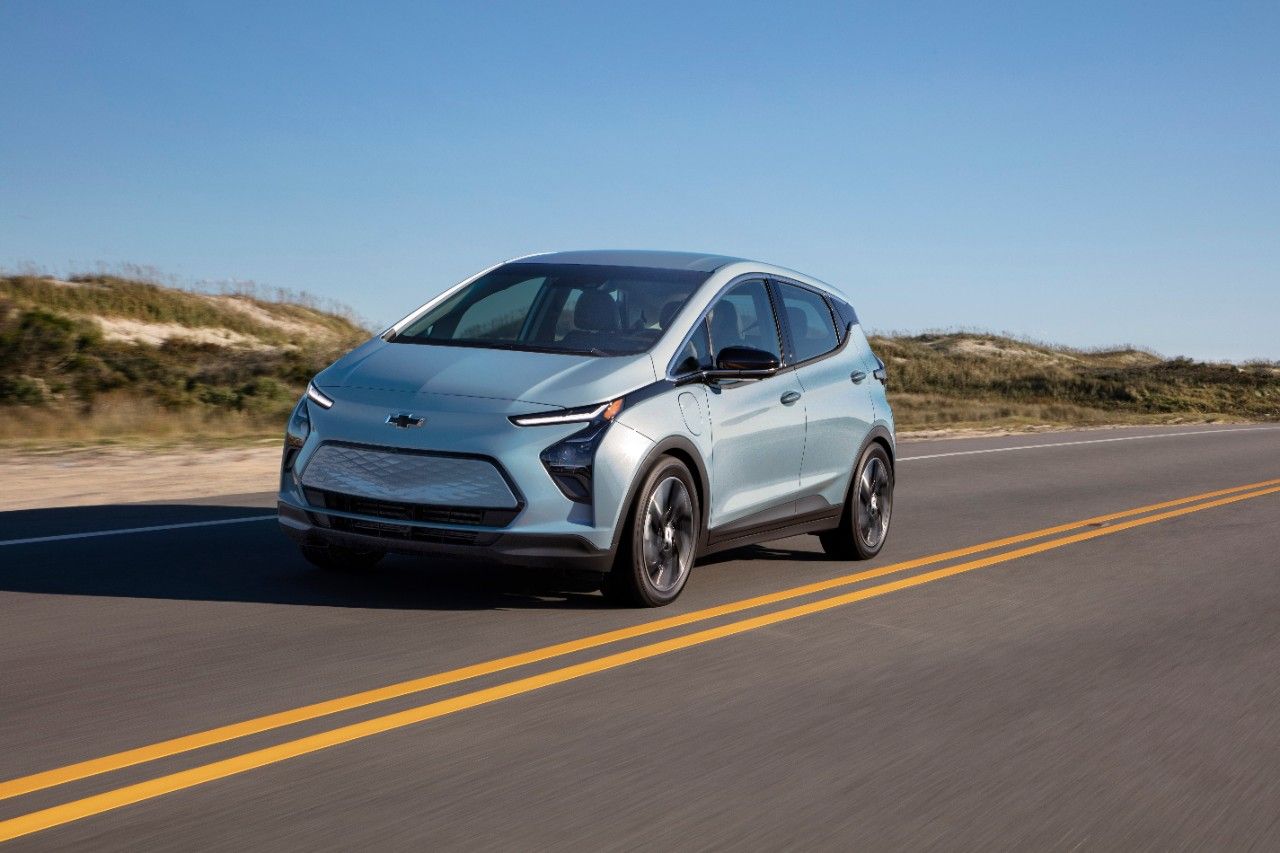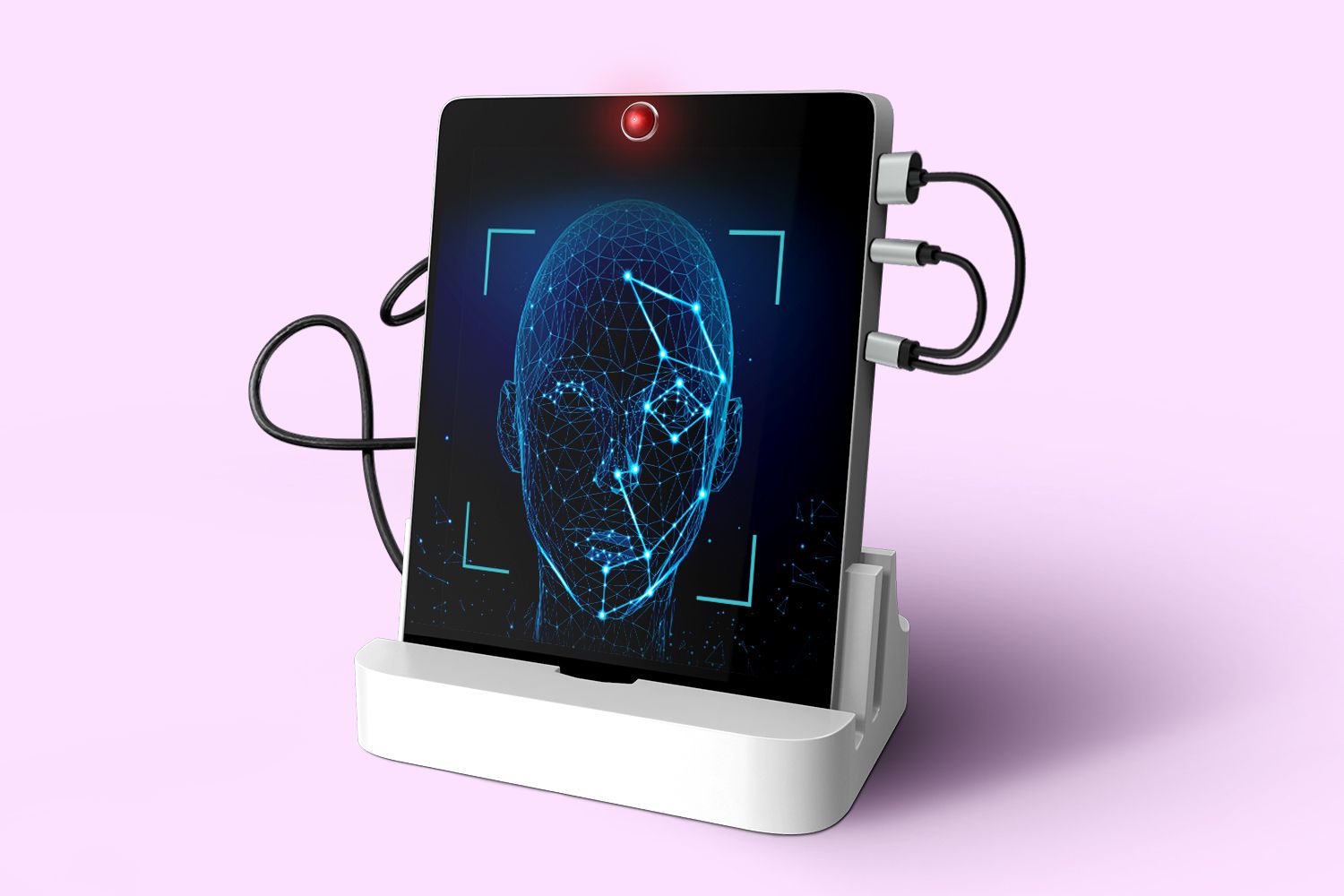Happy hump day. Finally, researchers have figured out a way to cook 3D-printed chicken with lasers. The onward march of progress...what a beautiful thing.
In today’s edition:
 Crowdfunding space Crowdfunding space
 GM’s battery fix GM’s battery fix
 Apple emotion tracking Apple emotion tracking
—Jordan McDonald, Hayden Field
|
|
|
Space isn’t accessible to the average person. Yes, SpaceX just successfully sent four civilian astronauts into orbit, but it still took a billionaire dropping $200 million to make it happen.
Spaced Ventures, a space crowdfunding website started in 2019, is seeking to upend this fact—particularly around investing in early-stage startups that focus on the great expanse above. Traditionally, space funding has stemmed from government initiatives and wealthy private orgs or individuals.
- Earlier this month, Spaced Ventures, which allows anyone who is interested to invest as little as $100 in space startups, announced its departure from beta.
- Cofounder and CEO Aaron Burnett told us it’s raised a total of $409K for three pre-seed space companies so far.
We caught up with Burnett to chat about Spaced Ventures’ own moonshot to make space dreams a reality.
What kind of companies do you crowdfund?
We’ve got [our] first ones doing AI in space [Exo-Space]...Then the next one coming out is the radiation shielding one [Cosmic Shielding Corporation]...That’s an interesting company because they’ve got some cool stuff happening and their shielding has some really promising characteristics. Shielding not only people, but then also like actual spacecraft and lengthening their lifetimes and lifecycles and things like that.
What’s the average amount people invest through the platform?
I think it’s closer to $1,500. From my experience of seeing investments happen, if someone wants to write a $25,000 check, they’ll often go directly to the company and the company will put together specific paperwork for that person, because it’s kind of worth the hassle of going back and forth on the details on the contract and all that stuff. In a crowd scenario, you kind of say, “Here is the contract, here’s the details, take it or leave it.”
What that means is most people write lower check sizes, but we’ve already seen some pretty substantially higher check sizes than I had anticipated.
Click here to read the full interview.—JM
|
|
|
Exactly one year ago, Tesla had its first annual “Battery Day,” a flashy event at which Elon Musk announced the company’s fabled 4680 battery. Musk claims it will deliver much higher performance at much lower costs...eventually.
Fast forward to now, and it’s GM’s batteries making headlines—albeit for reasons more bittersweet than braggadocious. The company’s months-long Chevy Bolt battery-fire saga may finally be over (or, at least, solved for the near future).
Let’s recap: Spontaneous combustion is a real issue for battery-powered EVs, as GM’s Chevrolet Bolt EVs have been demonstrating for months. Globally, at least 13 of the vehicles—which differed in year and model—have suddenly caught fire due to a battery manufacturing issue. At the center of it all was LG Chem, GM’s battery supplier.
- After months of pressure, GM announced a recall of Chevy Bolts in late August, which will cover all model years and reportedly cost the company $1.8 billion. A total of ~140,000 cars were recalled.
So what happened? A perfect storm of two manufacturing defects: a torn anode and folded separator, the company announced Monday. In order to generate a fire, both defects must be present in the same battery cell.
After identifying the issue, LG overhauled its manufacturing and quality assurance processes at battery plants in Michigan, then added capacity to catch up after the period of decreased production. Vehicle production, which has been paused since August 23, should resume next month, and LG will start shipping replacement batteries in mid–October.
Looking ahead: GM will add diagnostic software in current and future models to flag potential battery abnormalities.—HF
|
|
|
|
So you’re no stranger to the stock market. You know all the terms and buzzwords. You know your ETFs from your IPOs.
But do you know about Active Bond Funds? These products can help you add value to your portfolio by giving you the opportunity for outperformance. That means an Active Fixed Income product might not just match its benchmark, but possibly beat it.
These actively managed products are a way to offer diversity and balance to your portfolio during times of market volatility. That’s because they can help you meet current needs, while also keeping future goals in mind.
And when thinking about Active Bond Funds, consider that Vanguard is owned by its investors. That means Vanguard’s interests are your interests. Vanguard focuses on a long-term perspective, insights that are relevant to you, and smarter risk-taking.
Get the info you need about Active Fixed Income here.
|
|
|
Black Mirror may be discontinued, but the real world has plenty of dystopia to offer.
For instance...Apple is currently working with researchers at UCLA, and the pharmaceutical company Biogen, to gauge if certain user data could help diagnose depression and cognitive decline, the Wall Street Journal reported.
- Biogen recently received FDA approval for a new treatment for mild cognitive impairment.
Wait, what? The research partnerships focus on sensor data like users’ typing behavior, facial expressions, physical activity, sleep patterns, and more, and hope to identify “digital signals” correlated with mental health conditions. The data would be collected via iPhones, and from there, the goal is to train algorithms to detect and help diagnose such conditions.
If this news set off an alarm bell in your head, it’s not necessarily unfounded. Emotion-recognition AI based on facial expressions is largely ineffective. Plus, algorithms used for any sort of medical or diagnostic application can be fraught with bias, leading to real-life harms for vulnerable populations.
But, but, but: Keep in mind that the above partnerships are still in the research stage. Apple itself isn’t using your vacant TikTok-scrolling expression to diagnose anything just yet.—HF
|
|
|
|
Humans are the heart of your biz. Workhuman understands the necessity of recognition in the workplace. Your employees are the ones driving innovation and movement in your business, after all. With Workhuman’s platform, you can connect more seamlessly with your team to build a better culture and a more appreciated workforce—which only ups productivity. Get started here.
|
|
Stat: This year, Jeff Bezos will give away $1 billion in grants focused on conservation—no specific organizations have been named yet.
Quote: “Every time I need to make a right-hand turn, it inevitably happens. A car cuts me off to move into my lane, and the camera, in this really dystopian dark, robotic voice, shouts at me.”–Derek, an Amazon delivery driver, on the company’s AI-powered surveillance cameras
Read: Busting innovation myths.
*This is sponsored advertising content
|
|
|
-
Amazon delivery drivers are subject to AI-powered surveillance cameras that penalize them for things outside of their control.
-
Starlink, SpaceX’s satellite broadband service, will leave beta in October.
-
Google will drop $2.1 billion to buy the NYC office building it currently leases.
-
Netflix very quietly released a VR game for Oculus.
-
The Treasury Department has sanctioned crypto exchange Suex for allegedly helping facilitate at least eight ransom payments.
|
|
|
Nearly 40 years ago, on September 19, 1982, computer scientist and professor emeritus at Carnegie Mellon University Scott Fahlman invented this lil guy:
:-)
This was the first known use of emoticons, and now we have    , among ~3,400 others. , among ~3,400 others.
The :-) was initially intended to be a joke marker for online bulletin boards (proto-forums, basically), as some participants would fail to pick up on sarcasm or the tone of a post, but it soon amassed a broader appeal as just a simple, nonlanguage- or image-based way to communicate a smile.
|
|
|
Researchers have found that certain software-generated makeup patterns can block facial recognition systems from registering a person’s face.
The experiment was conducted both digitally (e.g., editing photos to look like the subject is wearing makeup) and physically, using both randomly applied makeup and algorithmically generated suggestions.
- The fully digital versions were 100% successful in besting the facial recognition tech.
- For the physical experiments, the tech identified makeup-free subjects in 47.6% of frames, people with randomly applied makeup in 33.7% of frames, and those with tactically applied makeup just 1.2% of the time.
|
|
|
Enjoying the newsletter? Share it with your network to take advantage of our rewards program.
When you reach 3 referrals, you'll be invited to Monthly Exclusive Events with our co-founder Alex and the biggest names in business.

Hit the button below to learn more and access your rewards hub.
Click to ShareOr copy & paste your referral link to others:
morningbrew.com/emerging-tech/r/?kid=303a04a9
|
|
|
Written by
Jordan McDonald, Dan McCarthy, and Hayden Field
Was this email forwarded to you? Sign up here.
|
ADVERTISE // CAREERS // SHOP // FAQ
Update your email preferences or unsubscribe here.
View our privacy policy here.
Copyright © 2021 Morning Brew. All rights reserved.
22 W 19th St, 8th Floor, New York, NY 10011
|
|










